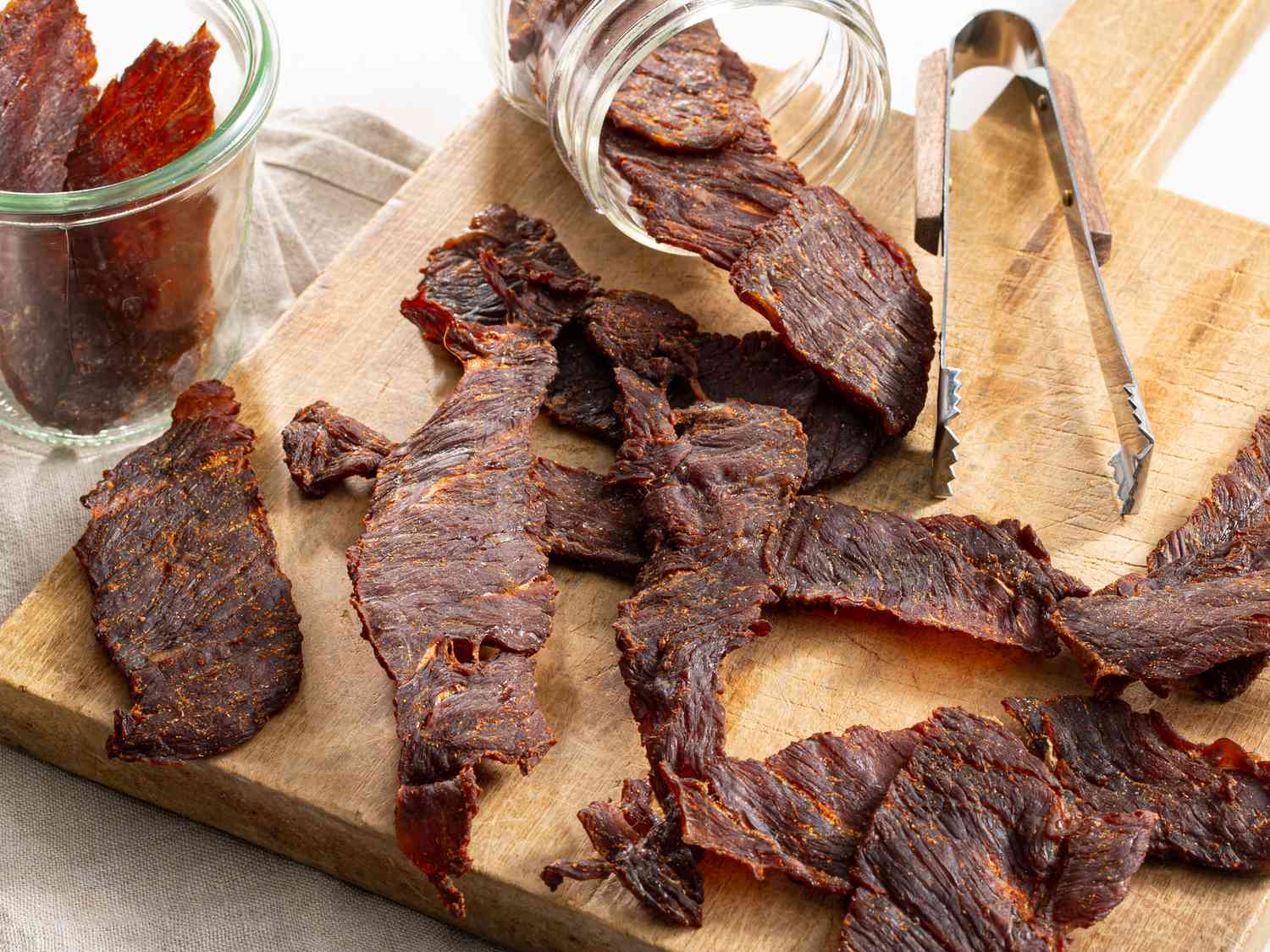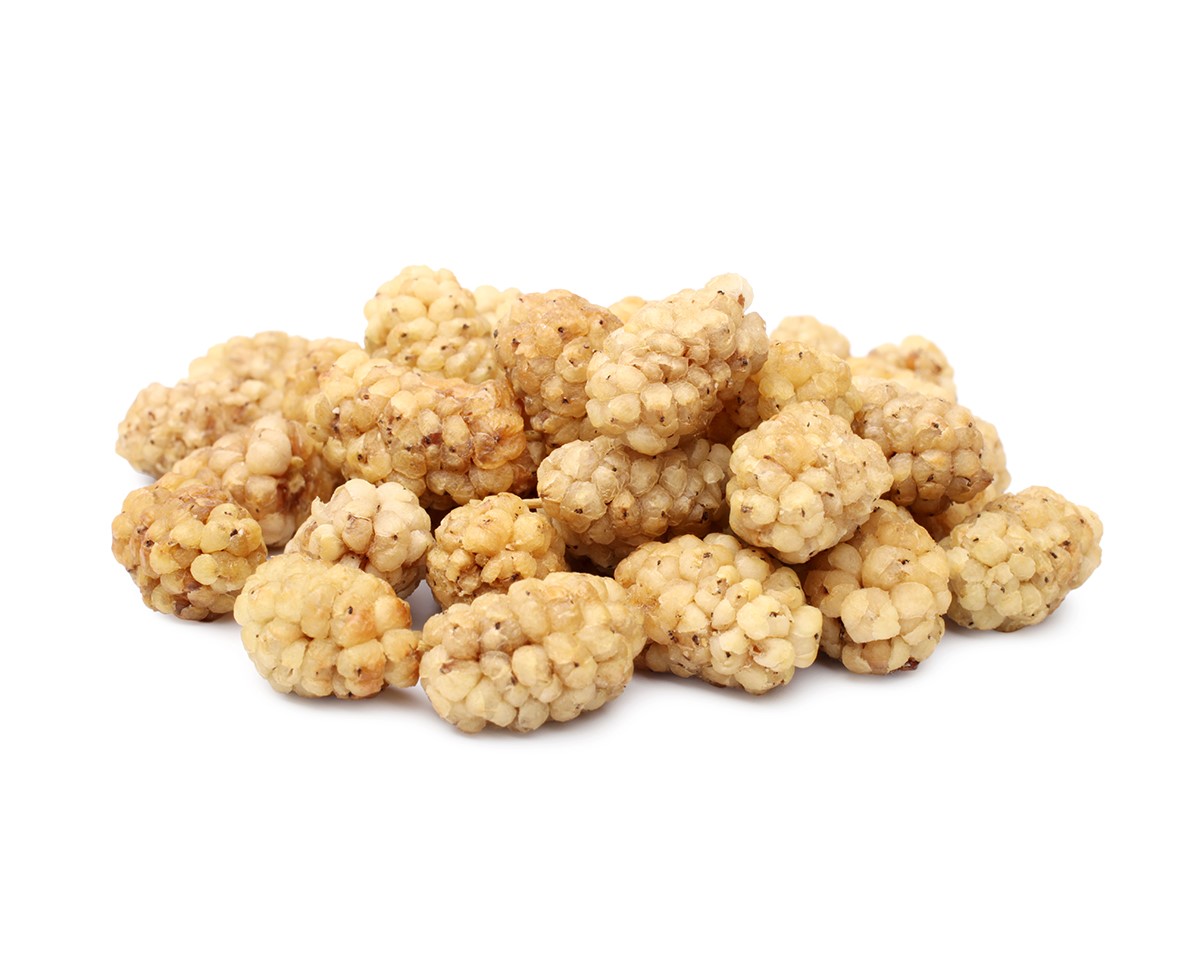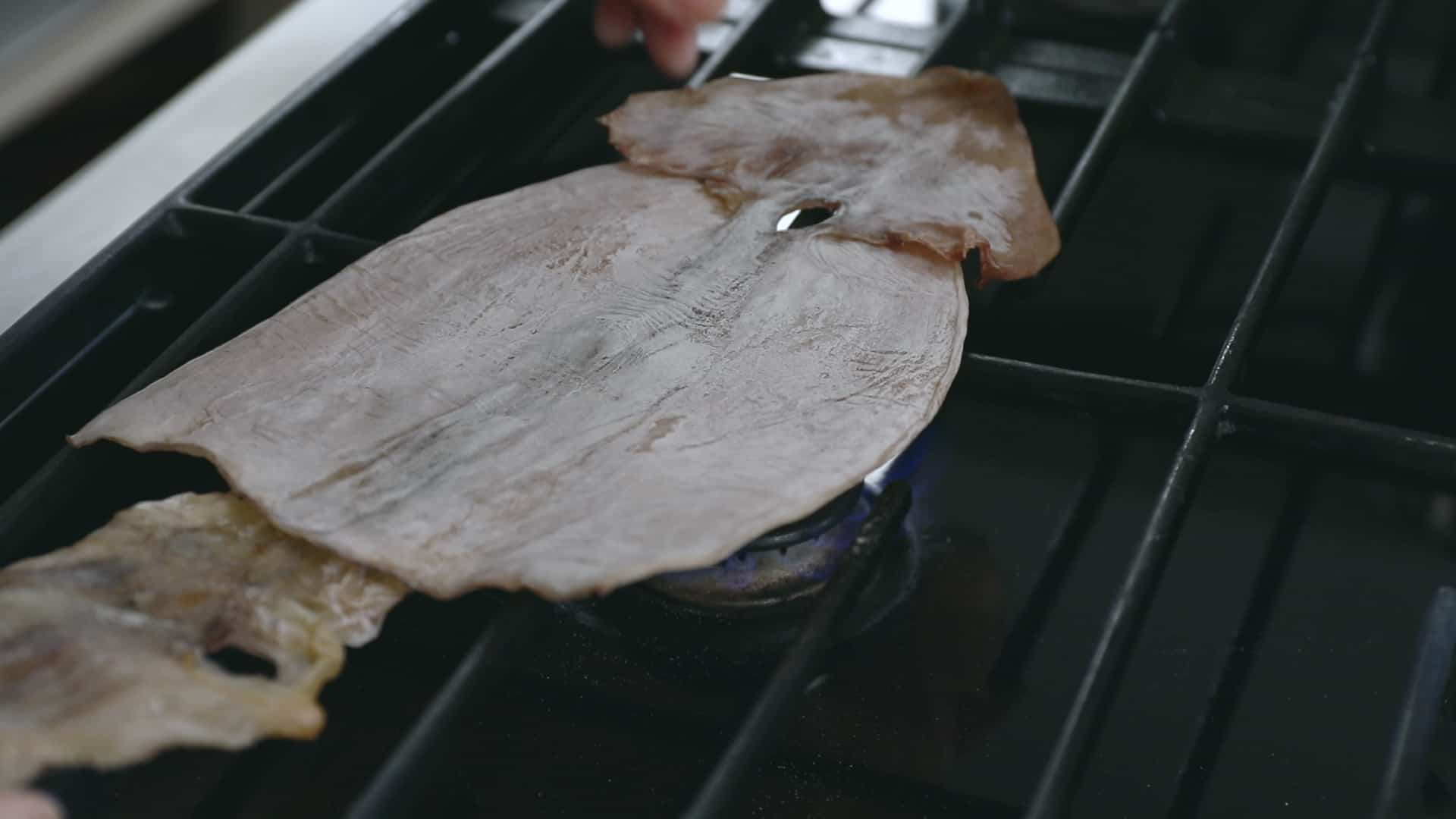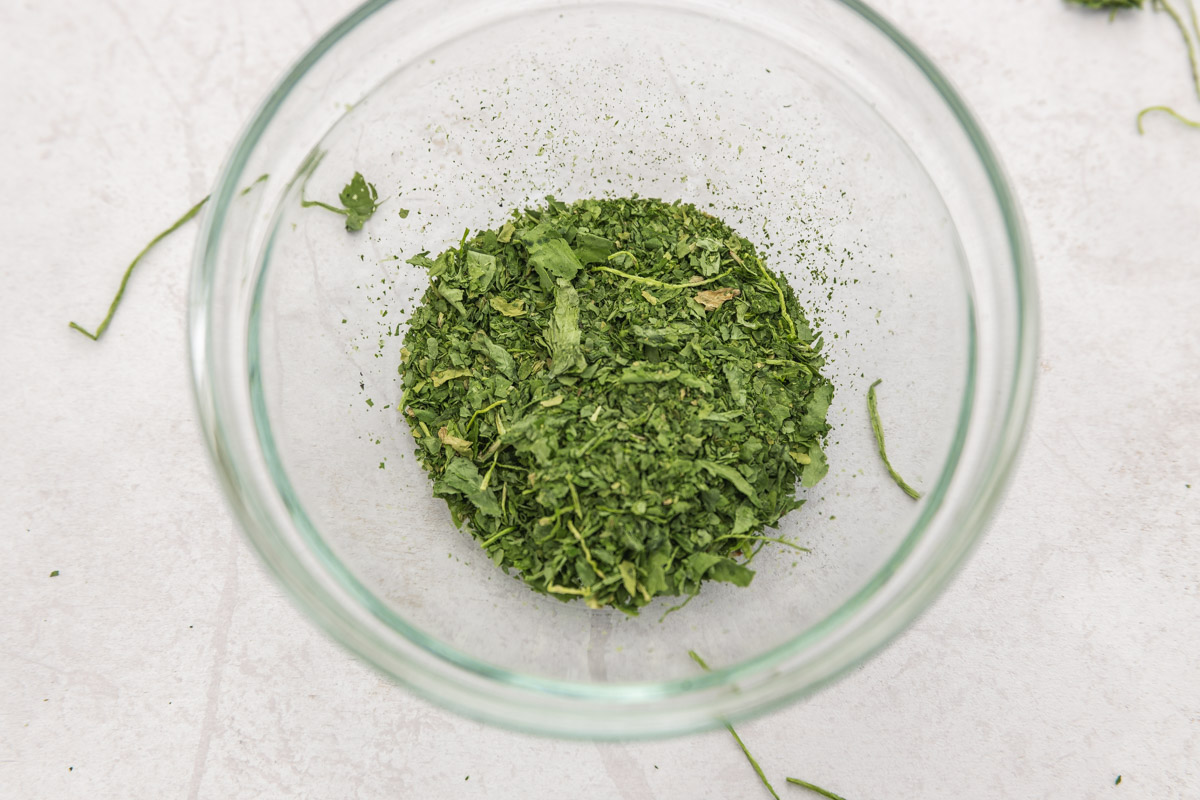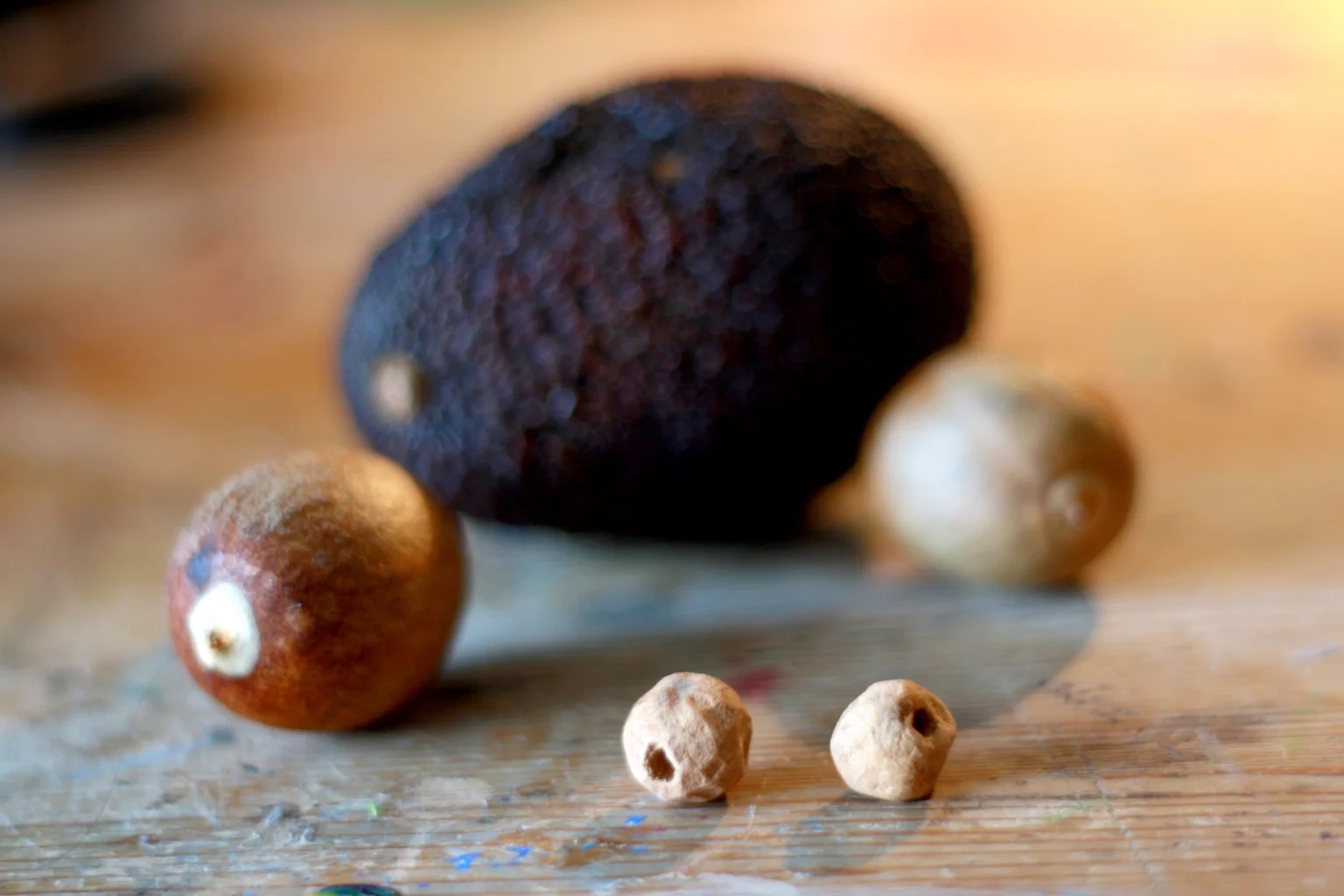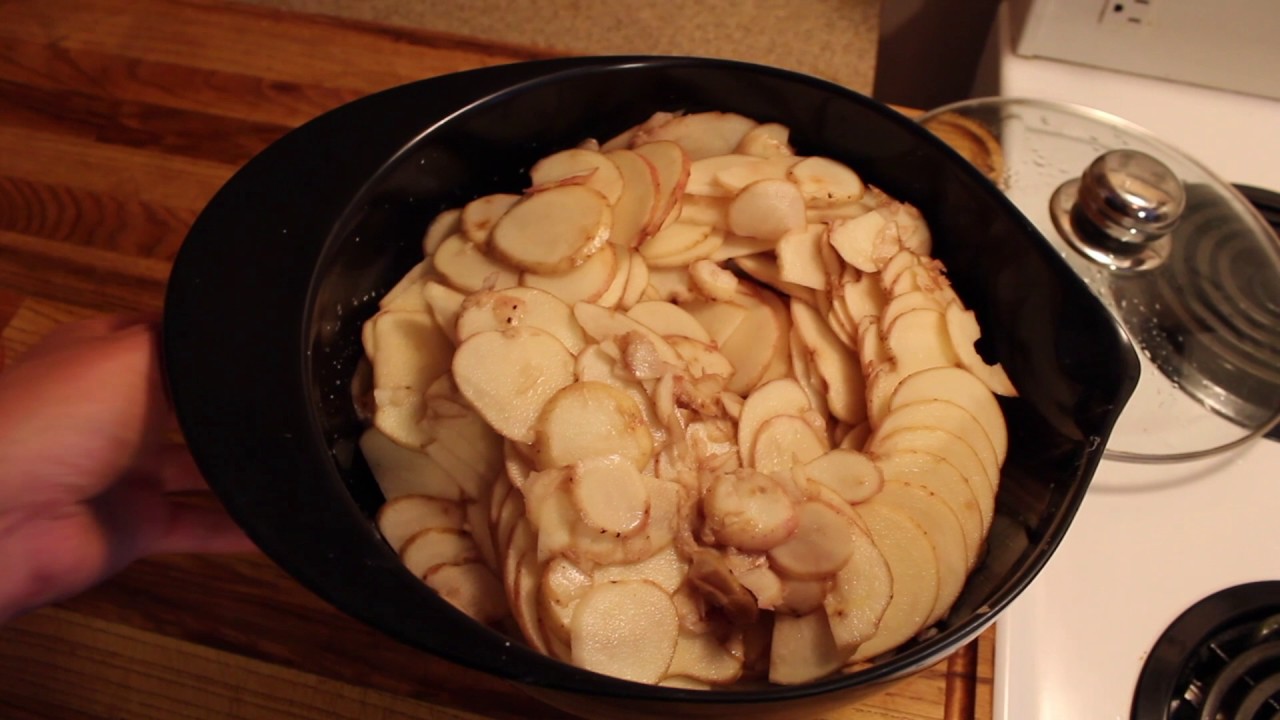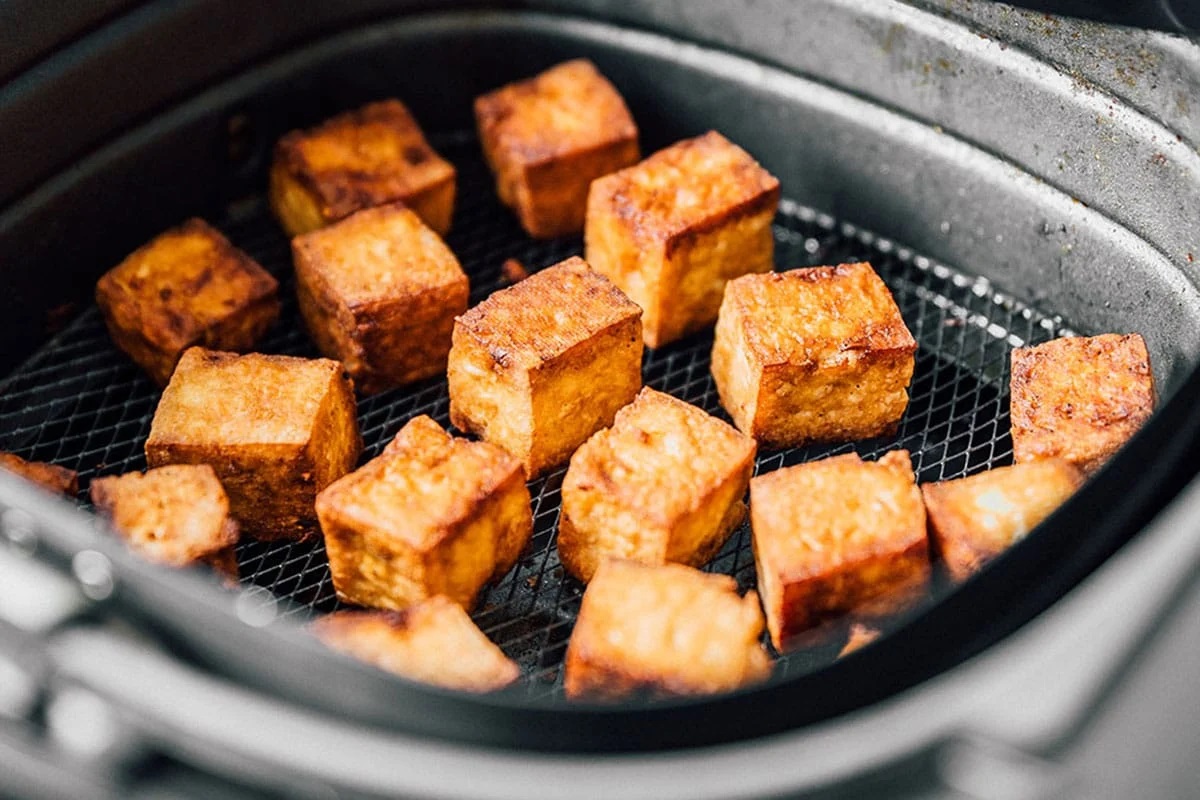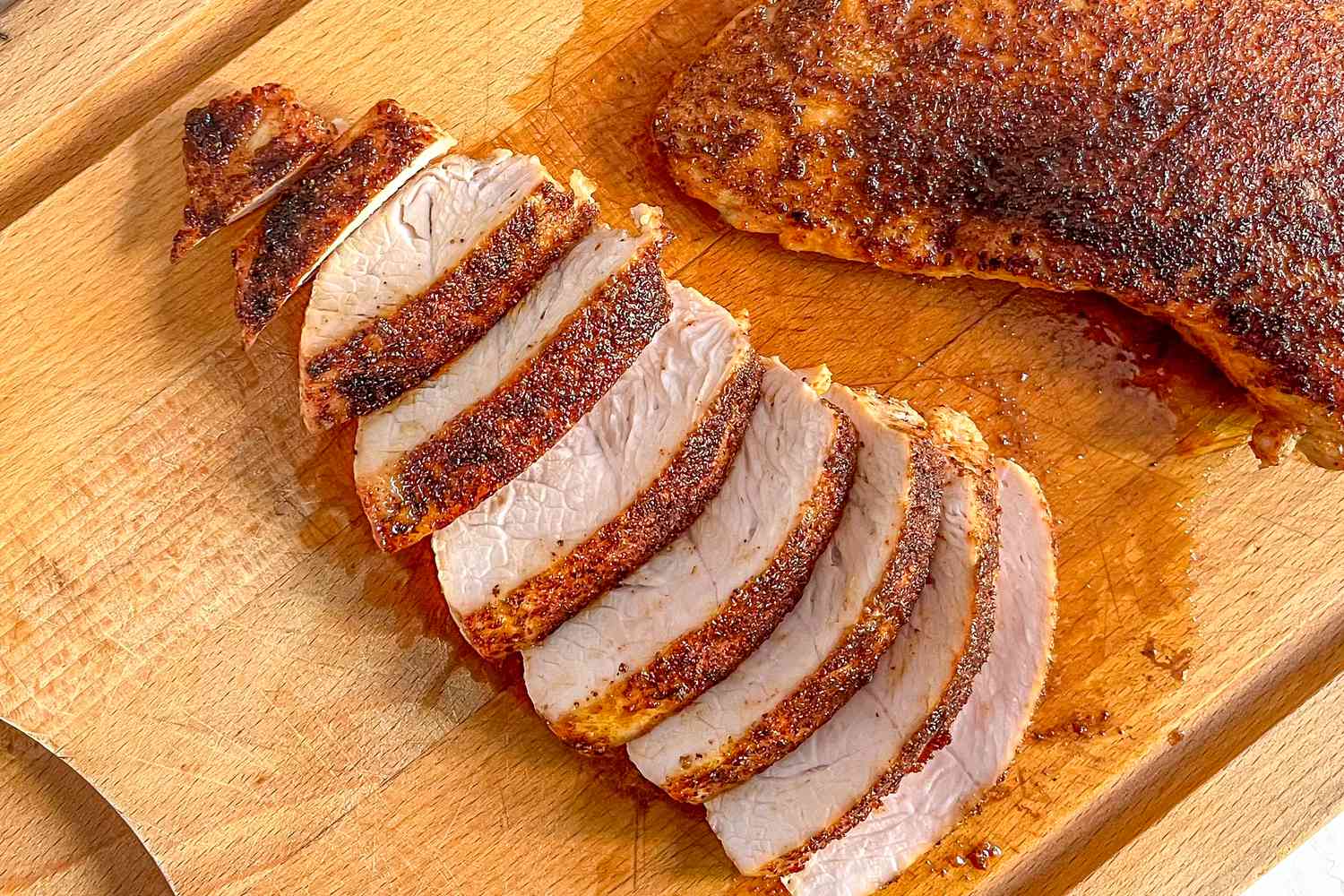Dehydrating Bacon: A Delicious and Convenient Way to Preserve Your Favorite Meat
Dehydrating bacon is a fantastic way to preserve this tasty meat for future use. Whether you want to create your own homemade jerky or simply extend the shelf life of your bacon, using a dehydrator is an easy and effective method. In this article, we will walk you through the process of dehydrating bacon in a dehydrator, providing you with step-by-step instructions and helpful tips along the way.
Why Dehydrate Bacon?
Dehydrating bacon offers several benefits, making it a popular choice for those who want to enjoy this flavorful meat in a convenient and long-lasting form. Some of the key reasons to dehydrate bacon include:
- Extended Shelf Life: Dehydrated bacon can be stored for an extended period, allowing you to enjoy it well beyond its usual expiration date.
- Portability: Once dehydrated, bacon becomes lightweight and portable, making it an ideal snack for outdoor activities such as hiking, camping, and road trips.
- Flavor Preservation: Dehydrating bacon helps to intensify its flavor, resulting in a delicious and concentrated taste that can be enjoyed in various dishes.
How to Dehydrate Bacon in a Dehydrator
Now that we understand the benefits of dehydrating bacon, let’s delve into the step-by-step process of preparing and dehydrating this savory meat using a dehydrator. Follow these simple instructions to achieve perfectly dehydrated bacon:
- Choose High-Quality Bacon: Start with fresh, high-quality bacon. Select cuts that are lean and free from excessive fat, as this will result in better dehydrated bacon.
- Prep the Bacon: Begin by slicing the bacon into thin strips or bite-sized pieces. This will help the bacon dehydrate more efficiently and evenly.
- Arrange on Dehydrator Trays: Lay out the prepared bacon pieces on the dehydrator trays in a single layer, ensuring that there is space between each piece for proper air circulation.
- Set the Temperature: Adjust the temperature of the dehydrator to approximately 145°F (63°C) for optimal bacon dehydration. This temperature will effectively remove moisture from the bacon while preserving its flavor.
- Monitor the Dehydration Process: Depending on the thickness of the bacon slices and the specific dehydrator model, the process may take anywhere from 4 to 8 hours. Regularly check the progress of the bacon to ensure it reaches the desired level of crispness.
- Store the Dehydrated Bacon: Once the bacon reaches the desired level of dehydration, allow it to cool before transferring it to airtight containers or resealable bags. Store the dehydrated bacon in a cool, dry place for long-term preservation.
Tips for Dehydrating Bacon
For optimal results when dehydrating bacon, consider the following helpful tips:
- Blot Excess Fat: Before placing the bacon in the dehydrator, blot any excess fat with paper towels to promote better dehydration and prevent greasy residue.
- Rotate Trays: If your dehydrator features multiple trays, consider rotating them during the dehydration process to ensure even drying of the bacon.
- Experiment with Seasonings: Add extra flavor to your dehydrated bacon by incorporating seasonings such as black pepper, garlic powder, or smoked paprika before dehydration.
- Use Dehydrated Bacon in Recipes: Once dehydrated, bacon can be rehydrated and used in various recipes, including soups, stews, and casseroles, adding a delicious smoky flavor to your dishes.
Dehydrating bacon in a dehydrator is a simple and rewarding process that allows you to enjoy this beloved meat in a convenient and long-lasting form. By following the steps outlined in this article and implementing our helpful tips, you can successfully dehydrate bacon to create flavorful snacks and enhance your favorite recipes. Embrace the versatility and convenience of dehydrated bacon, and elevate your culinary experiences with this delicious preserved meat.
More Delicious Recipes Featuring Dehydrated Bacon
After mastering the art of dehydrating bacon, why not put your new skills to the test with some creative recipes? Consider starting with the Dehydrated Bacon and Cheddar Quiche, which perfectly showcases the rich flavor of dehydrated bacon alongside creamy cheddar. For a hearty breakfast, the Bacon and Egg Breakfast Tacos are a must-try, blending crispy bacon with fresh eggs in a delightful morning treat. If you're in the mood for something more upscale, the Bacon-Wrapped Dehydrated Scallops offer a gourmet experience with a smoky twist. Each recipe provides a unique way to enjoy your dehydrated bacon, making them ideal candidates for your next culinary adventure.
Was this page helpful?
Read Next: How To Dehydrate Cooked Turkey
